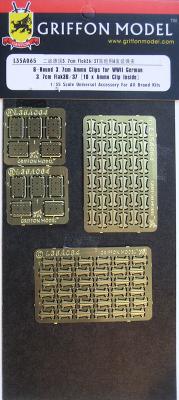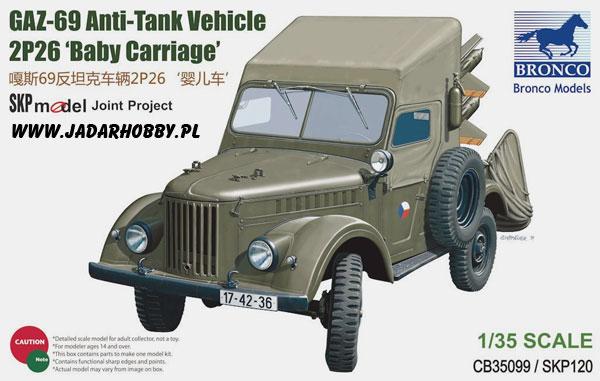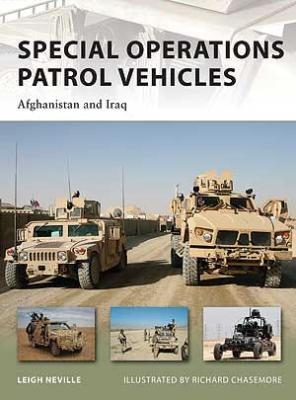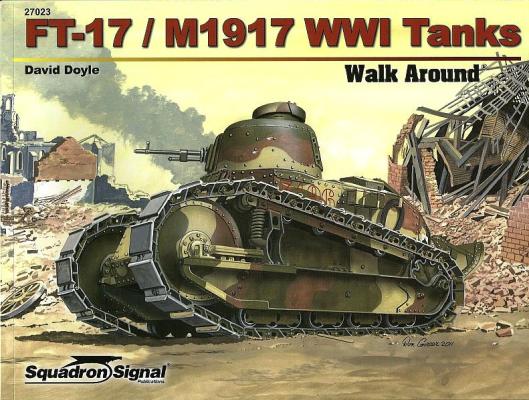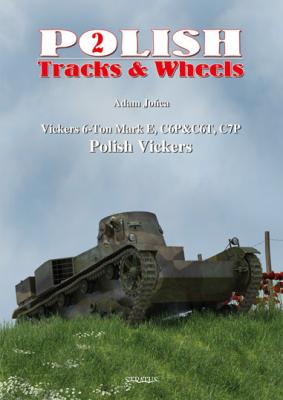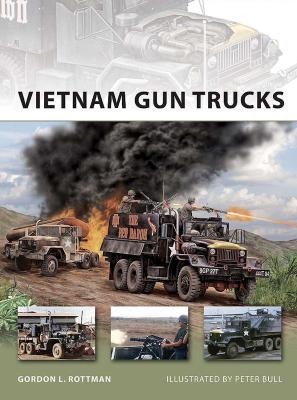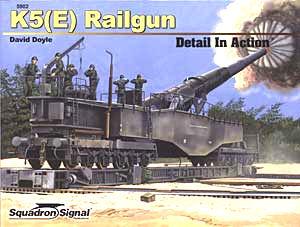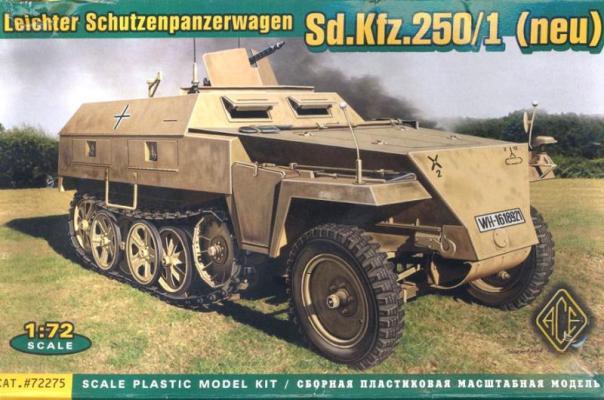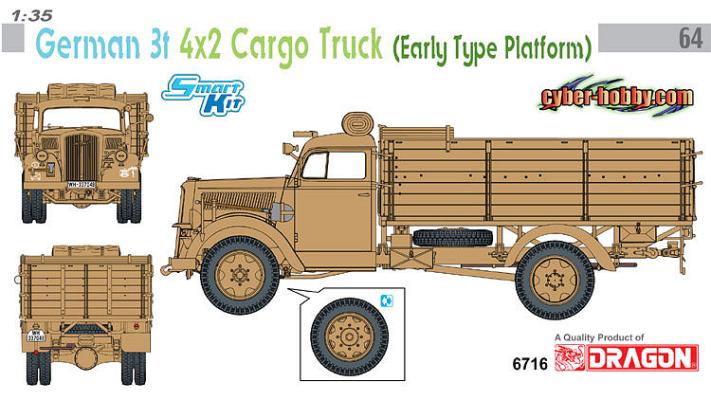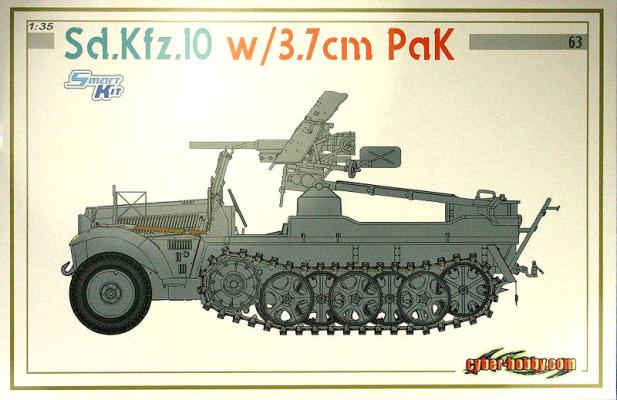Griffon Model has recently come out with a new product which is designed to be used with any kit. It is a six-round 3.7cm clip for the Flak 36/37 German anti-aircraft gun. Included are four frets of photo etched parts taped to a piece of black cardboard with an included instruction sheet and a few color photos to show what the finished product should look like. Each ammo clip is made up of seven pieces: six clips and the attaching tray. There are ten of these trays with extra clips included just in case of loss or breakage. Assembly is straightforward and relatively easy.
This has got to be the best last couple of years for the Middle East Wars modeler enthusiast. Tamiya is releasing an M-1 Super Sherman (not really Super, just a Sherman used by the IDF). Dragon is releasing several useable kits for the period, one of which is a newly tooled Bison II that could be used by the Egyptian Army. A company called Meng Model has offered an injection molded import pickup truck with ZPU-1. SabingaMartin has released another book, and Bronco has released three versions of the YW series APC along with two versions of this little GAZ-69.
Modern special operation forces made their first appearance during the Second World War and have been involved in every major and many minor conflicts since. The current wars in Iraq and Afghanistan, with wide open spaces and heavily armed insurgents, have seen the employment of a large variety of special operations patrol vehicles. These vehicles allow the special operators to cover long distances rapidly while carrying the weapons necessary to confront a wide range of targets.
The FT-17 and its American copy, the M1917, set the stage for the modern tank by having a revolving turret, a front driver, and a rear engine. It was used by armed forces of many different countries and it was still in service with some minor European armies at the outbreak of WWII.
The book is profusely illustrated with color photographs, although all the pictures are from restored units in museums. Four view line drawings provide details of both the M1917 and the FT-17.
The pictures correspond to over a dozen examples from different museums across the world and they are depicted in different camouflages and markings, providing ideas to modelers on how to finish their kits.
Modelers will find the line drawings very useful, while the all-around pictures provide great details for super detailing your model.
This publication covers the development and acquisition of armored vehicles for the Polish army from 1919 until 1939. Each page has several period images of the miscellaneous vehicles. Included are color profiles along with some line drawings and one blueprint of a Polish tractor. Although the text is minimal, it is quite informative. One gets the sense of the lambs being lead to the slaughter inflicted by the much superior German armor in September, 1939.
Vehicles addressed include the Vickers 6 ton Mark E types A , B and E, the C6P and C6T Tractors, the C7P artillery, and recovery and combat engineering tractors. Granted, these vehicles are certainly not as well known at those of the major World War II powers, but are quite interesting in their design and performance, and provide some unique topics.
Military Police units have the mission, among many others, to provide armed escort to supply convoys in a combat zone. During the Vietnam War there were never enough military police combat support units to accomplish this mission. Commanders of truck companies in the 8th Transportation Group began to arm and armor 2-1/2 ton and 5 ton cargo trucks to provide convoy security. The 8th Trans Group became the major user of gun trucks during the war.
This book, number 184 in the New Vanguard series published by Osprey Publishing, describes the development and employment of gun trucks during the last half of the Vietnam War. The first half of the volume describes the U.S. Army motor transport units deployed in South Vietnam, the Army convoy system itself, and the threat the convoys faced. The second half provides a good description of gun truck design and development and gun truck tactics.
After the American Civil War, the railroad gun became a common weapon system throughout Europe. They provided a rapidly deployable heavy artillery gun that could defend a coastline or bombard enemy positions and fortifications. By the end of World War I, these guns grew in caliber and popularity. In the 1930s, Hitler initiated several programs to develop and procure more of these systems. Krupp initiated its own design and this program resulted in the" 28cm Kanone 5 Eisenbahngeschutz." The name is often abbreviated to 28cm K5 (E) (Eisenbahngeschutz means railroad gun) and 24 examples, the largest quantity of any rail gun, were produced. They were initially deployed along the English Channel to support the invasion of Britain. After this aborted event, they were deployed on all fronts to support other actions.
The Vehicle
The Sd.Kfz.250/1 (neu) was a compact version of the SdKfz251. Its mission was to carry a scout section for reconnaissance purposes. There was a previous (alt) version which had multi-faceted armor plate which stood up better than the simpler flat plates used by the “neu” version. But because the older version was more difficult to build and cost more, the newer one became the standard in early 1944
The armor of the Sd.Kfz 250/1 could stop rifle caliber bullets and shell fragments, but didn’t stand up to anything heavier, such as a .50 caliber or larger weapon. The half track design was superior to wheeled armored cars when off-road, so the 250 was preferred in many situations.
The Model
Ace has produced a vehicle which we haven’t seen kitted previously. ESCI had a 250/9, but it’s a different vehicle in that it has a screened top to prevent insertion of grenades and other litter.
Armies cannot operate long without supplies (food, fuel, ammo to start with) delivered to them. The German High Command thought so highly of this Opel truck that the German government nationalized production in 1940, taking it out of the hands of the US GM owners. The Opel Blitz “S” model began production in April, 1937 and by July, 1944, 82,356 3t trucks had been manufactured. The final number is actually over 100,000 when specialized vehicles built on this chassis are included. To further emphasize how valuable this truck was to Germany, in late 1945 the US Military allowed Opel to reopen the production facilities for the 3t truck to aid post-war recovery.
This kit represents a field modification of an SdKfz 10 Halftrack to mount the 3.7cm PaK 35/36 in the bed. The AT gun basically just had the wheels removed and was placed in a specially designed cradle in the bed of the halftrack. The sprues are from the halftrack kit (new) and the 3.7cm PaK kit (old), along with the special sprue for the mounting of the gun. There are Magic Tracks for the tracks and, if you are careful, they will moveable and will allow for a good representation of the track sag. There is one sprue of clear plastic and one small fret of photo etched parts.
Step 1. This step builds the drive sprocket, idler wheel, and the two front wheels. It has been noted elsewhere that the drive sprocket is undersize in both the diameter and the thickness. After I built a run of the track I found that the drive rollers are too wide and, to get the tracks to fit, I had to sand off a little of the drive rollers on both sides.

